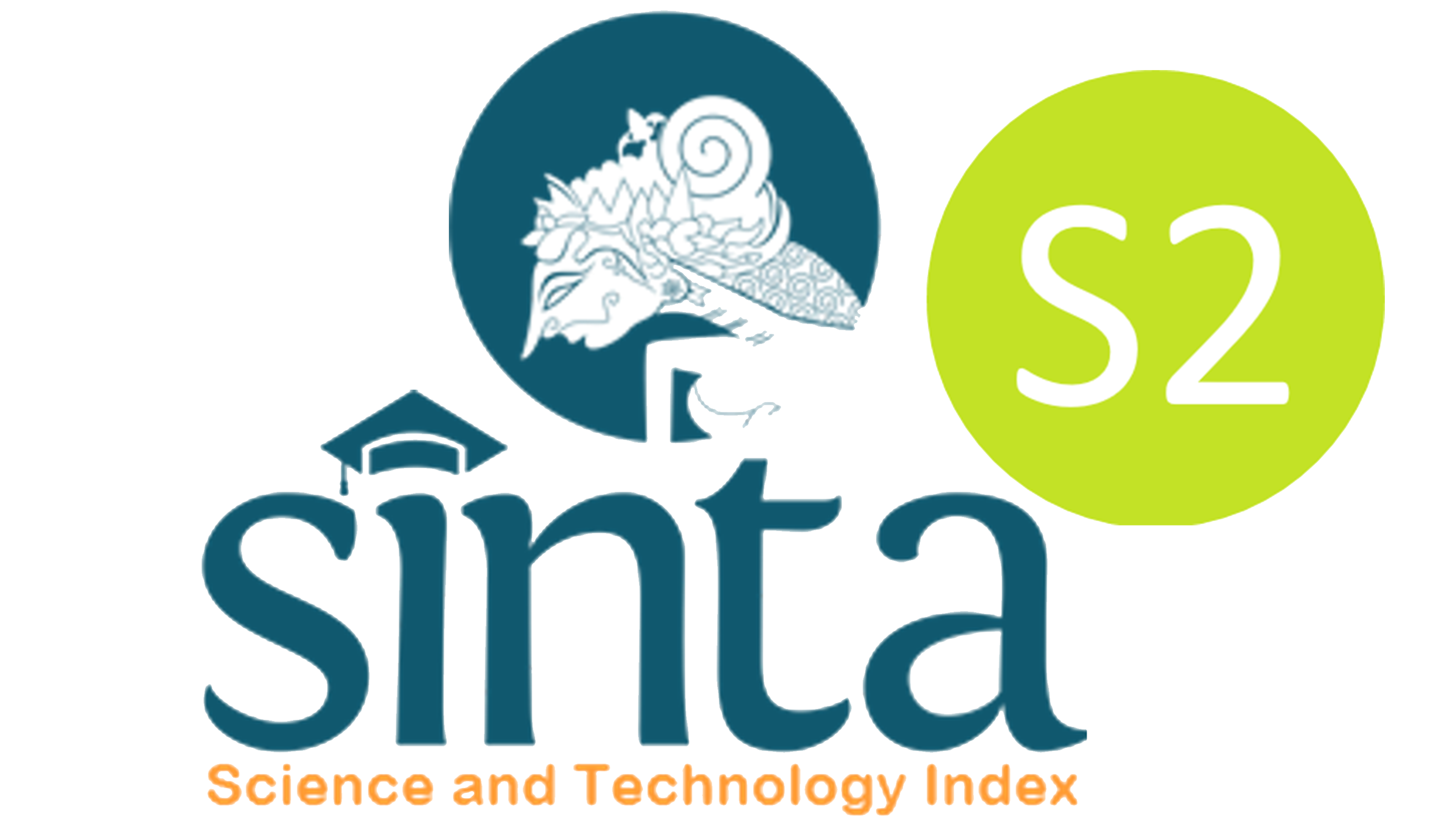INVESTIGATION OF AG AND PD FISSION PRODUCTS PENETRATION DEPTH IN ZRC LAYER OF HTGR TRISO FUEL PARTICLE USING SRIM/TRIM MONTE CARLO SIMULATION
DOI: http://dx.doi.org/10.17146/jstni.2023.24.2.6859
Abstract
High-temperature gas-cooled Reactors (HTGRs) is one type of Generation IV reactor that uses TRISO (tri-structural isotropic) coated-fuel particles (CFP) for containment of radioactive fission products, which is produced from the fission reaction of UO2 fuel. ZrC has been proposed to be the main barrier for containing fission products either as a replacement of the SiC layer or as an additional layer of the TRISO fuel particle to overcome the corrosion issue of SiC because of interaction with the fission product of silver (Ag) and palladium (Pd). ZrC is an excellent material because it has good physical and nuclear properties, i.e., high corrosion-resistant, excellent thermal shock resistance and a small cross-section for neutron capture. ZrC is expected to provide a better barrier against Ag and Pd diffusion attacks than SiC. However, ZrC is very challenging to manufacture, so it depends on factors such as microstructure, chemical composition and interactions, morphology and impurities. Many attempts have been made to study the interaction phenomena of Ag and Pd with ZrC that cause corrosion. Here, the penetration depth of those two fission products was studied using SRIM (Stopping and Range of Ions in Matter) /TRIM (TRansport of Ions in Matter) for simulation with 0.1-10 MeV of kinetic energies. The results provide detailed information about the Ag/ZrC and Pd/ZrC Ion Ranges and Doses. In addition, Ag and Pd’s products of the depth and concentration within ZrC were observed as important first steps in understanding the corrosion phenomena of her ZrC layers in TRISO particles.
Keywords
Full Text:
PDFRefbacks
- There are currently no refbacks.
Copyright (c) 2023 Nanda Shabrina

This work is licensed under a Creative Commons Attribution-NonCommercial-ShareAlike 4.0 International License.
JSTNI index in:





 .
.





